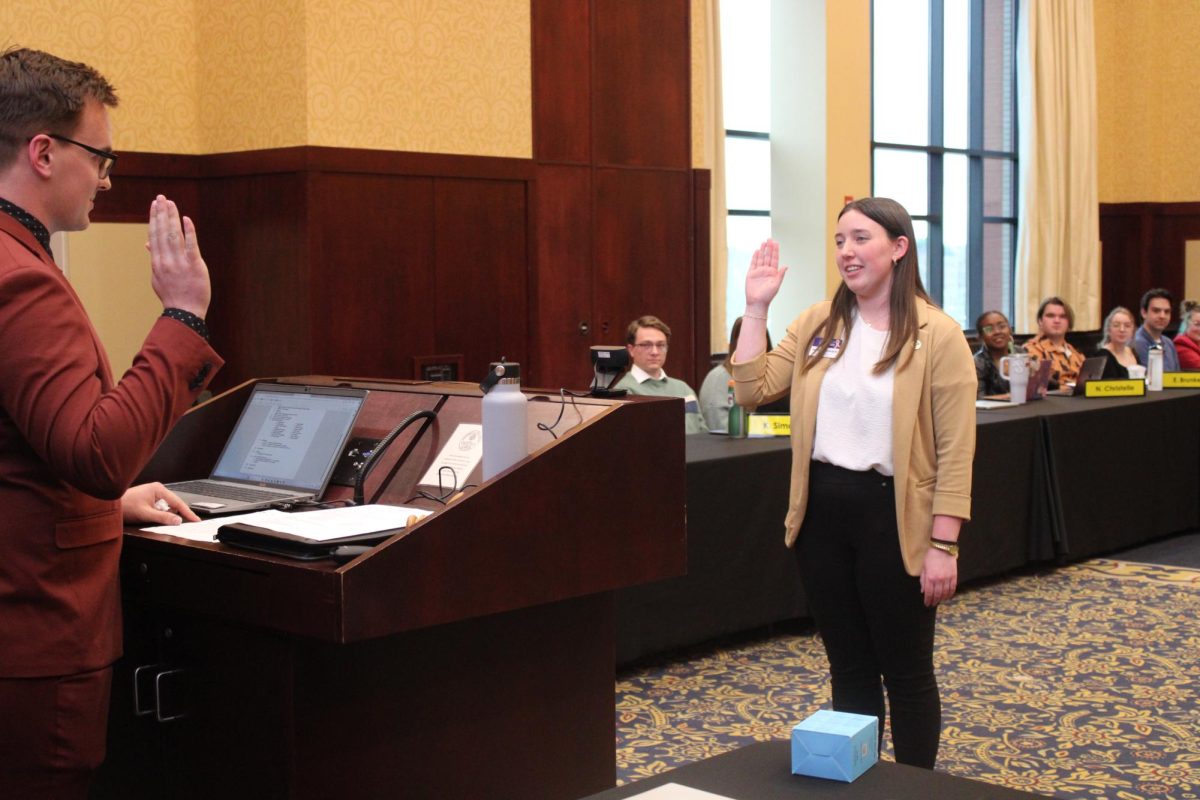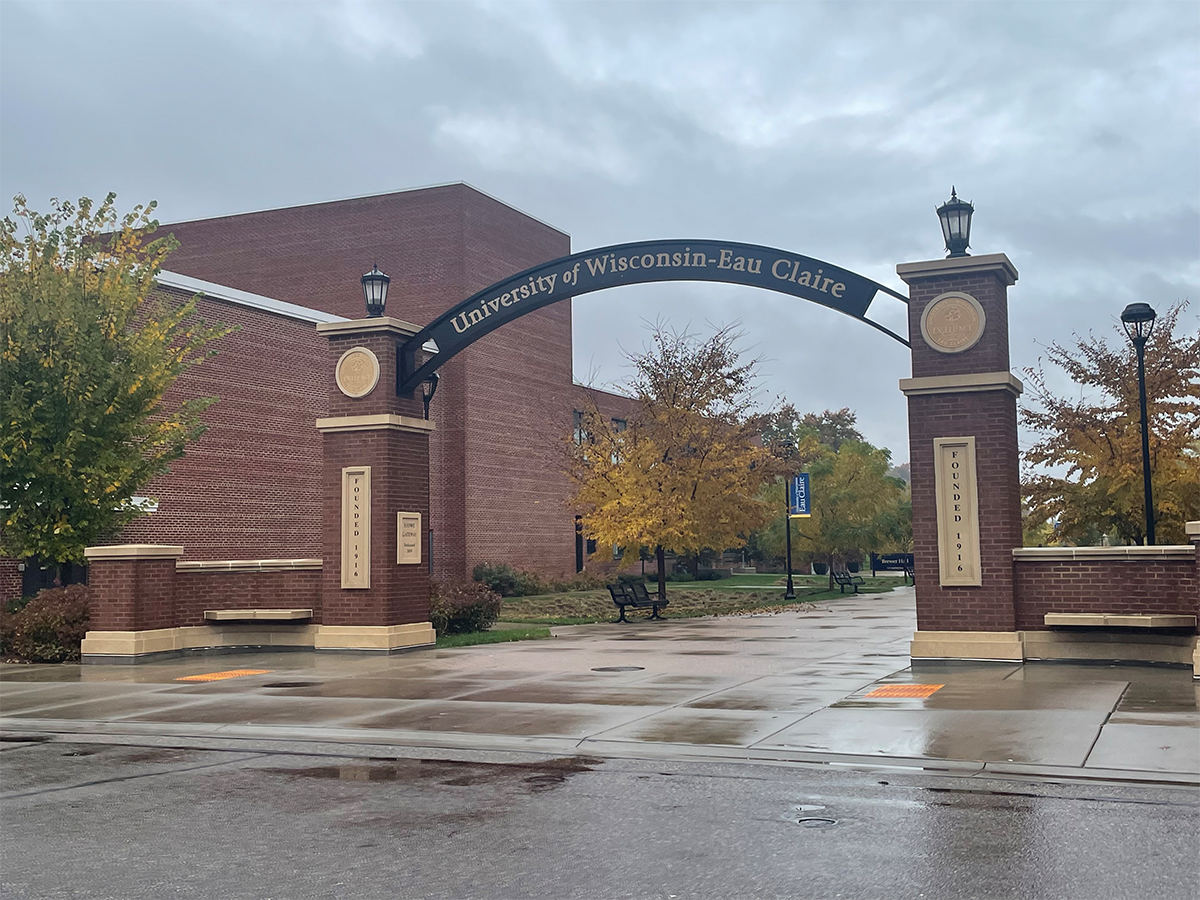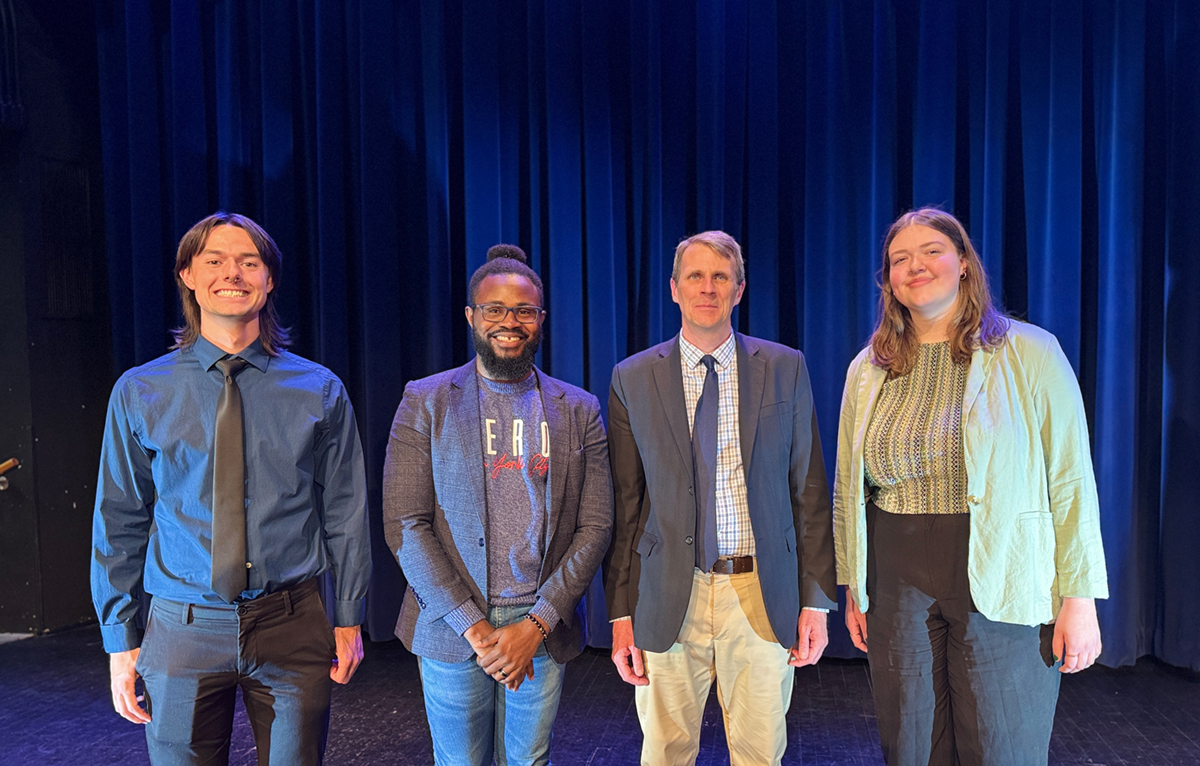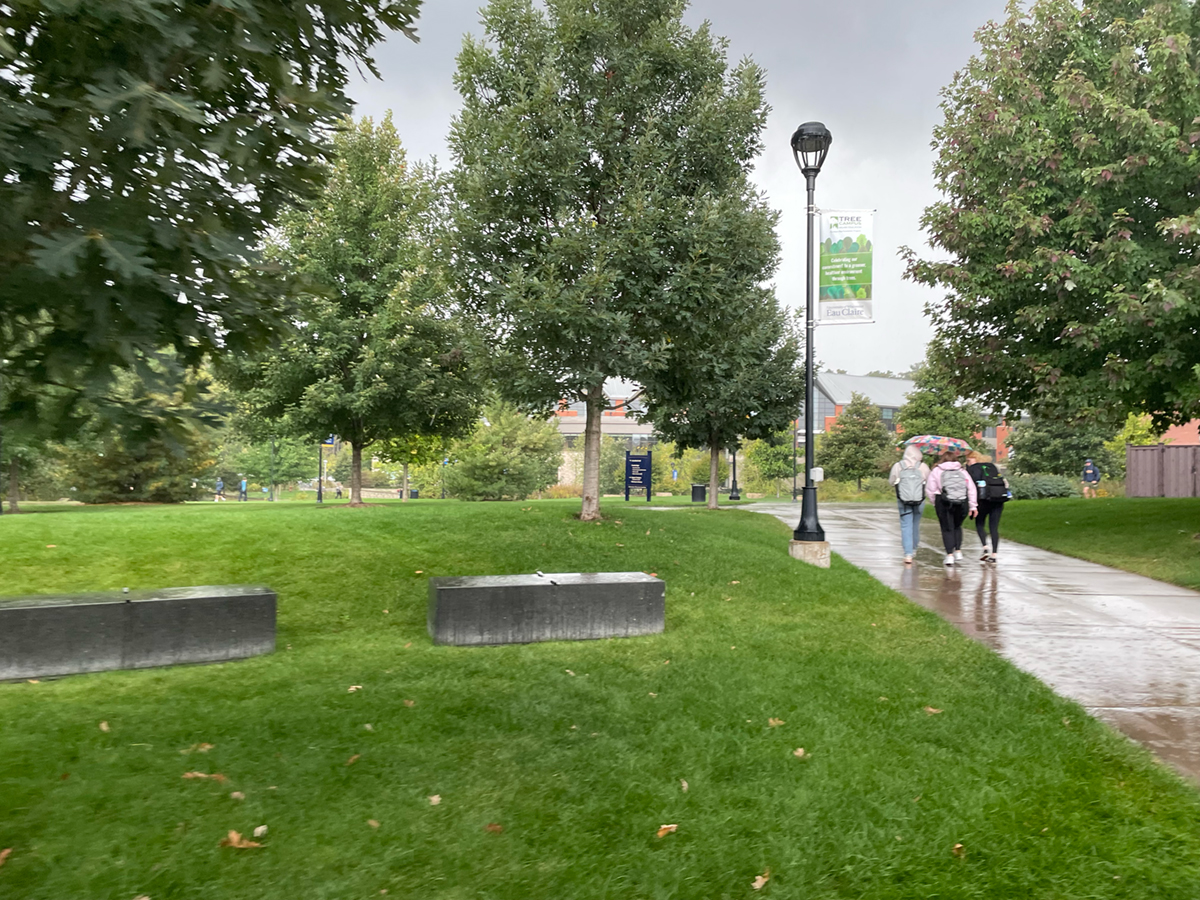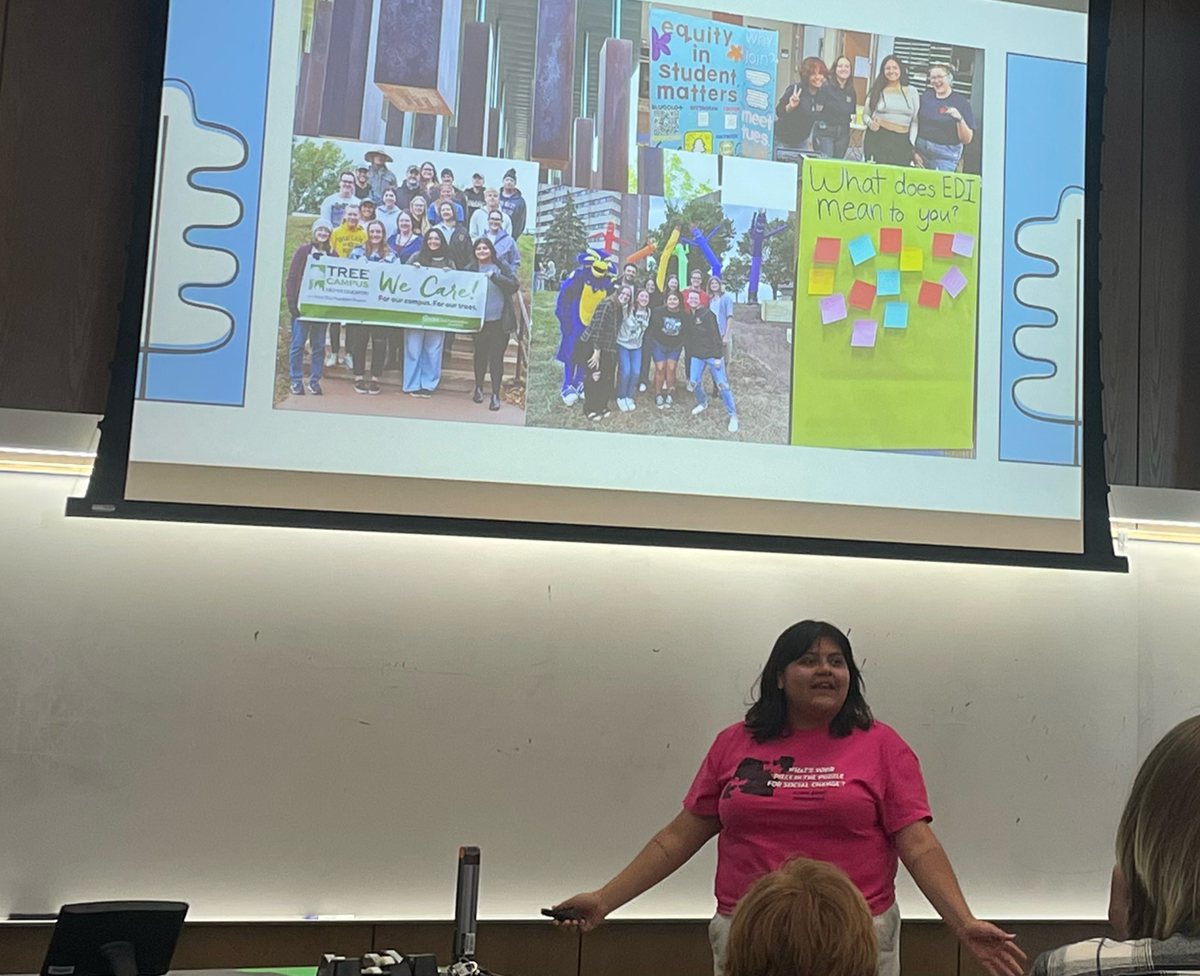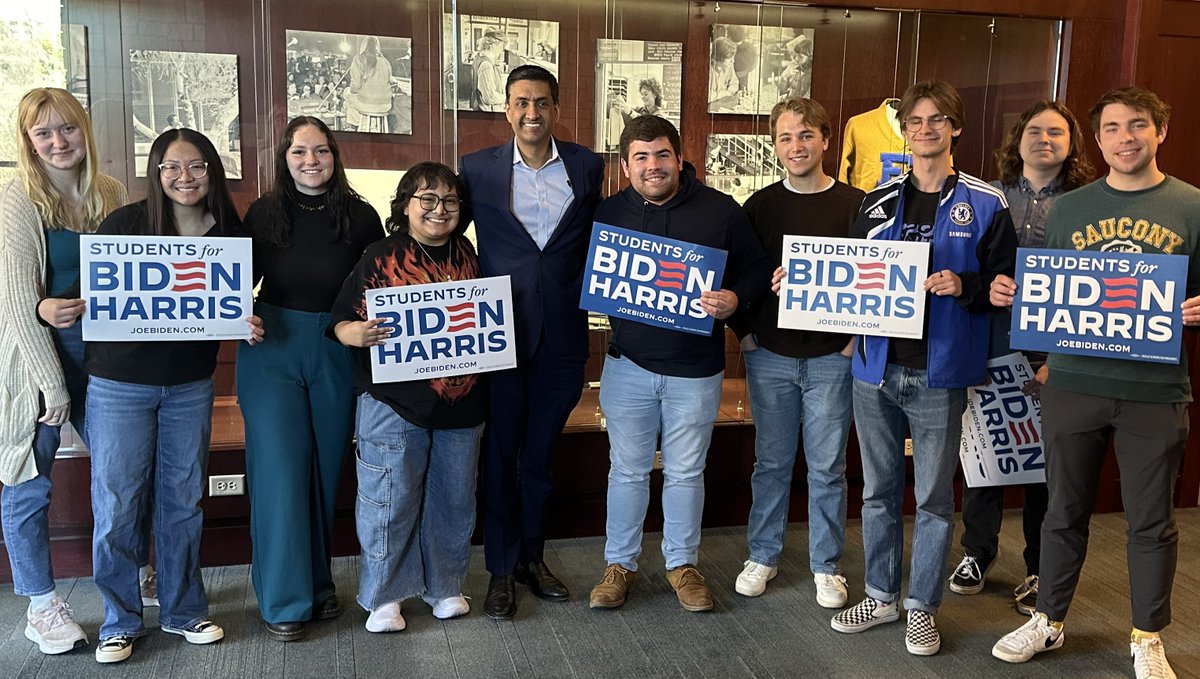ST. PAUL, Minn. – Through ideas presented by a number of Native American and Hmong speakers at the “First Nations, New Nations” conference, students were exposed to the histories and current struggles of both cultures.
In an introduction to the conference, Ilean Her, executive director of the Council on Asian-Pacific Minnesotans, outlined the struggles of Hmong people adapting to the American way of life while still holding on to Hmong culture.
“Hmong came to the United States in 1975 unprepared for the American way of life,” she said. Most Hmong families had never been exposed to Western must-haves such as radio and electricity, she said.
Her focused on the cultural barriers that Hmong families in the Midwest and specifically in the Twin Cities area, face in understanding American culture.
The majority of the Hmong population is very young, Her said, with most of the population being younger than 20 years old. This has brought Hmong educational issues to the forefront, Her said.
A main educational concern stems from Hmong culture and values which place the burden entirely on the school. Education in America is viewed as something to be worked on in and out of the classroom environment, Her said.
In addition to cultural roadblocks that exist in the education of the Hmong youth, the older generation lacks educational opportunities, Her said.
“There are language barriers everywhere,” she said. “Most Hmong adults can get along, but the main skills of reading and writing are missing.”
Yuepheng Xiong, who presented on Hmong origins, history and culture, traced some problems that Hmong people in America face today back to their historical roots.
“The Hmong language was not written until the 1950s,” he said, adding that many of the Hmong in the United States don’t grasp the idea of a written language.
Catherine Whipple, the managing editor of The Circle, an independent newspaper written for Native Americans, introduced a variety of issues that Native Americans are facing.
“There are all kinds of issues that native peoples need to deal with and overcome,” Whipple said. “Individual states are still trying to whittle away at the rights the sovereign nations hold.”
People’s attitudes toward tribal sovereignty are often, “Yeah, the government was bad to them, but it was so long ago,” Whipple said. “We are fighting now the same issues that were fought back then.”
Issues differ with each tribe, Whipple said, but the key to understanding issues that face Native Americans and all people of color is to be educated on the issues.

